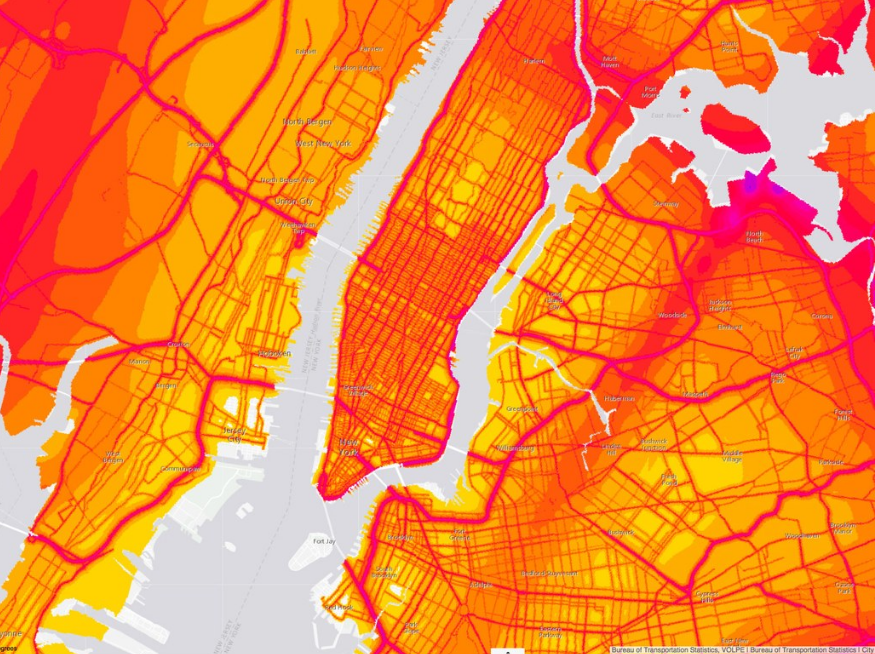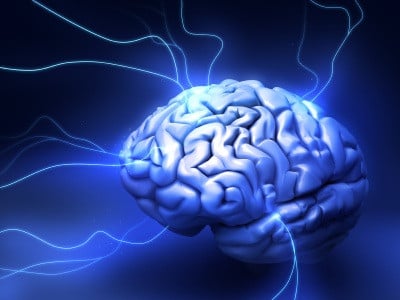How noisy is your neighborhood? A new interactive map helps you find out

New York City is a cacophony of sounds: sirens, dogs barking, and horns honking are just part of the daily soundtrack. But, of course, some New Yorkers deal with more unique noises, like jazz music well into the night, bridge-and-tunnel dance clubs, and a school playgrounds.
Still, no matter the din, we can all take some comfort in knowing that we're not alone.
According to the Department of Transportation, 98 percent of Americans are exposed to around 50 decibels worth of road- or aviation-related screeching, which is described as the equivalent of a refrigerator hum. (All noise is all measured in decibels; NYC's noise code scales a normal conversation at 50 to 65 decibels, a motorcycle at 88 decibels and a jet taking off at 130 decibels.) But they're the lucky ones—19 million people across the country are exposed to 80 decibels or higher, the equivalent sound of a garbage disposal.
The DOT’s first interactive National Transportation Noise Map collected data from the Federal Aviation Administration and the Federal Highway Administration to estimate where U.S. residents suffer the worst noise. New York's map is seen below: Areas in blue to deep purple are the noisiest, where people are regularly exposed to 80 to 95 decibels of noise. Light yellowy/orange areas are the quietest, with transportation noise only kicking up to about 35 to 40 decibels.
Perhaps unsurprisingly, planes are the worst offenders. So the majority of blue and purple places are near airports or along flight paths (just ask your friends who live near LaGuardia in Queens and they'll tell you).

And no matter what kind of urban noise is keeping you up at night, we suggest you take our tried-and-true tips for blocking it all out and saving your sanity in the meantime. Also to keep in mind: This map illustrates highway and plane noise, and doesn't take into account your neighbor's loud love making or the return of the Mr. Softee truck.
You Might Also Like


























